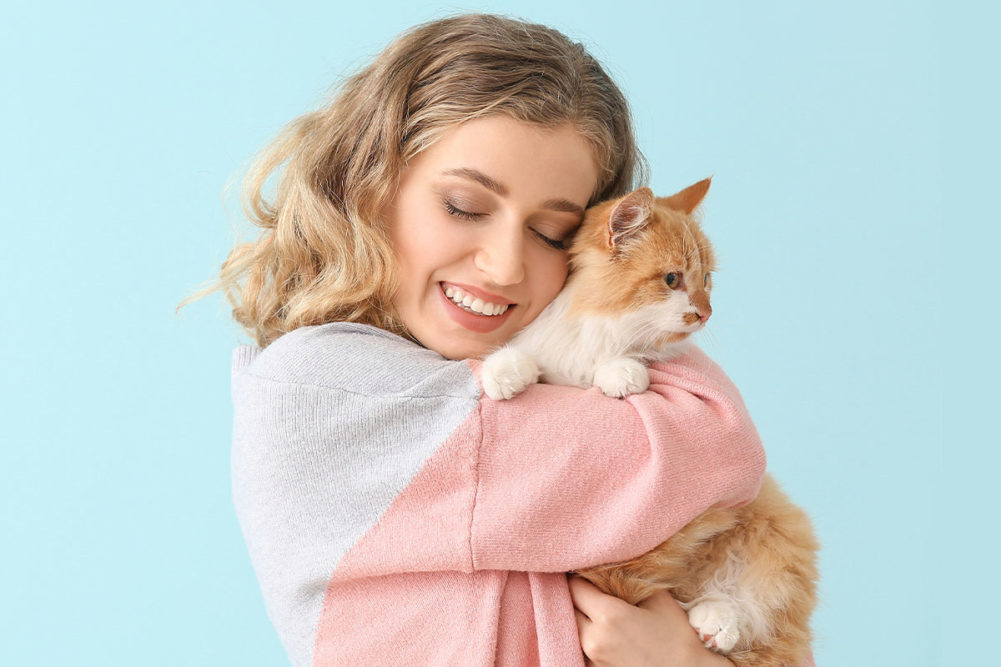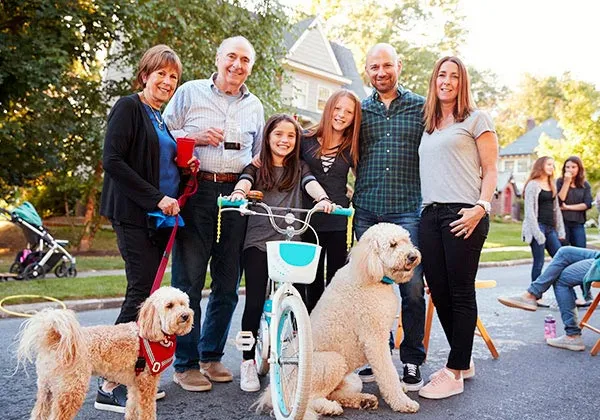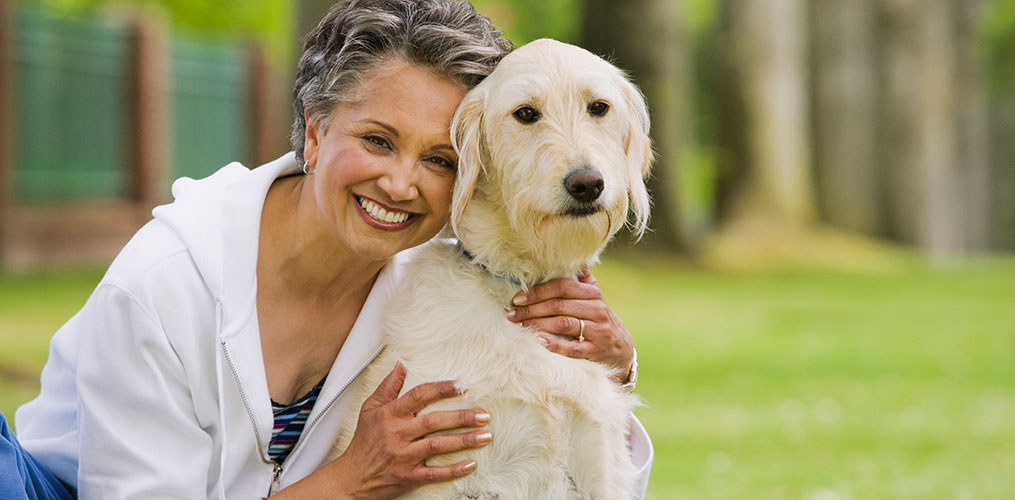Pet ownership is a cherished tradition that transcends generations, yet the way different age groups approach pet care and ownership can vary significantly. This article delves into the trends and preferences of pet owners by age, offering insights into how different generations embrace the joys of having pets.
Millennials: The Digital Pet Parents

Tech-Savvy Pet Care
Millennials are known for their tech-savviness, and this extends to pet care. Many young pet owners use apps for pet training, health tracking, and even social media accounts dedicated to their furry friends. This generation often seeks out the latest pet gadgets and innovations to enhance their pets’ lives.
Health and Wellness Focus
Millennials tend to prioritize the health and wellness of their pets. They are more likely to spend on high-quality pet food, regular vet visits, and wellness products like pet supplements and fitness trackers. This age group views pets as integral members of the family, deserving of the best care possible.
Generation X: The Balanced Pet Owners

Practical Approach
Generation X pet owners often balance practical pet care with affection. They appreciate convenience and efficiency, choosing pet products and services that simplify their busy lives. This generation is known for being well-researched and informed about pet care.
Family-Oriented
Many Generation X individuals have families with children, and pets play a significant role in their family dynamics. They often choose pets that are good with kids and fit well into their household routines. Family activities frequently include pets, reinforcing their status as beloved family members.
Baby Boomers: The Dedicated Caregivers

Companionship and Comfort
For many Baby Boomers, pets provide essential companionship and comfort, especially as they enter retirement. This generation often has more time to dedicate to their pets, leading to strong bonds and devoted care.
Traditional Pet Care
Baby Boomers typically stick to traditional pet care methods, favoring tried-and-true products and services. They may not be as quick to adopt new technologies, but they are committed to providing consistent, reliable care for their pets.
Seniors: The Gentle Companions

Low-Maintenance Pets
Seniors often prefer pets that are low-maintenance and provide companionship without requiring extensive care. Small dogs, cats, and even birds are popular choices among older adults who seek the joy of pet ownership without overwhelming responsibilities.
Therapeutic Benefits
Pets offer significant therapeutic benefits to seniors, including reducing loneliness, providing routine, and improving mental health. Many seniors find that pets enhance their quality of life and offer a sense of purpose and joy.
Pet Ownership Trends by Age Group

Popular Pets by Age
Different age groups tend to prefer different types of pets. For example, younger generations might lean towards more active and playful pets like dogs, while older generations might prefer the calm companionship of cats or smaller pets.
Spending Habits
Spending habits on pets also vary by age group. Millennials are likely to invest in premium pet products and services, while older generations might focus more on essential care items and long-term pet health investments.
Adoption Trends
Younger generations are more inclined to adopt pets from shelters and rescues, driven by a strong sense of social responsibility and animal welfare. Older generations may also adopt, but are often influenced by previous experiences and personal preferences.
Conclusion
Understanding pet ownership by age group reveals the diverse ways different generations approach caring for their pets. From the tech-savvy Millennials to the dedicated Baby Boomers, each age group brings unique perspectives and practices to pet ownership. Recognizing these trends can help pet-related businesses, services, and communities better cater to the needs and preferences of pet owners across all ages, ensuring that every pet and their owner can enjoy a fulfilling and joyful relationship.

